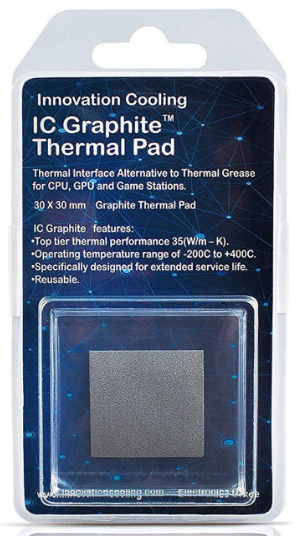Zarathustra[H]
Extremely [H]
- Joined
- Oct 29, 2000
- Messages
- 38,819
Hey all,
Figured it was time to revisit this, as I haven't seen this topic in a while.
I used to always use the pea sized ball in the center method, but with some pastes being thicker these days, I have considered spreading thinly instead.
What do you use these days?
Figured it was time to revisit this, as I haven't seen this topic in a while.
I used to always use the pea sized ball in the center method, but with some pastes being thicker these days, I have considered spreading thinly instead.
What do you use these days?
![[H]ard|Forum](/styles/hardforum/xenforo/logo_dark.png)


